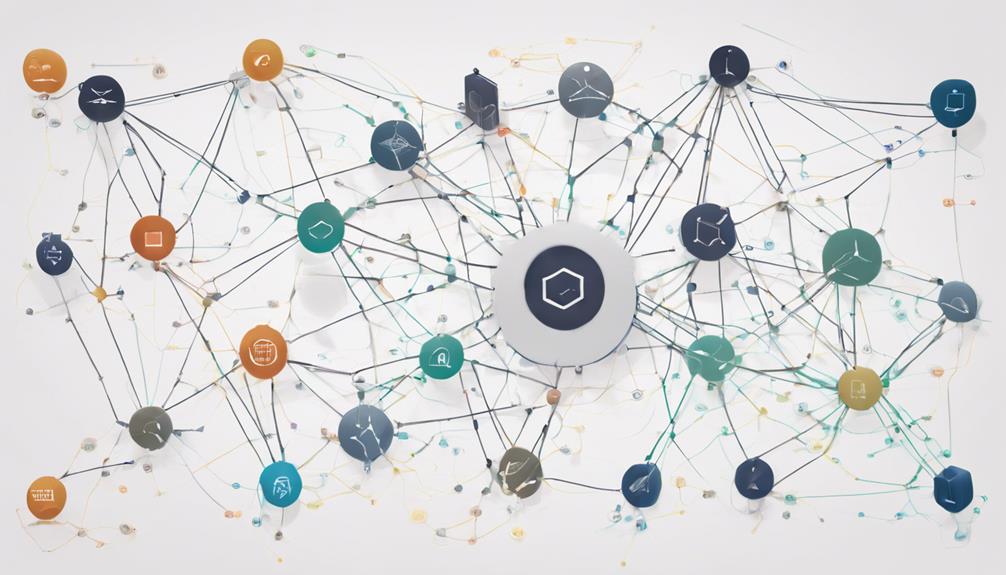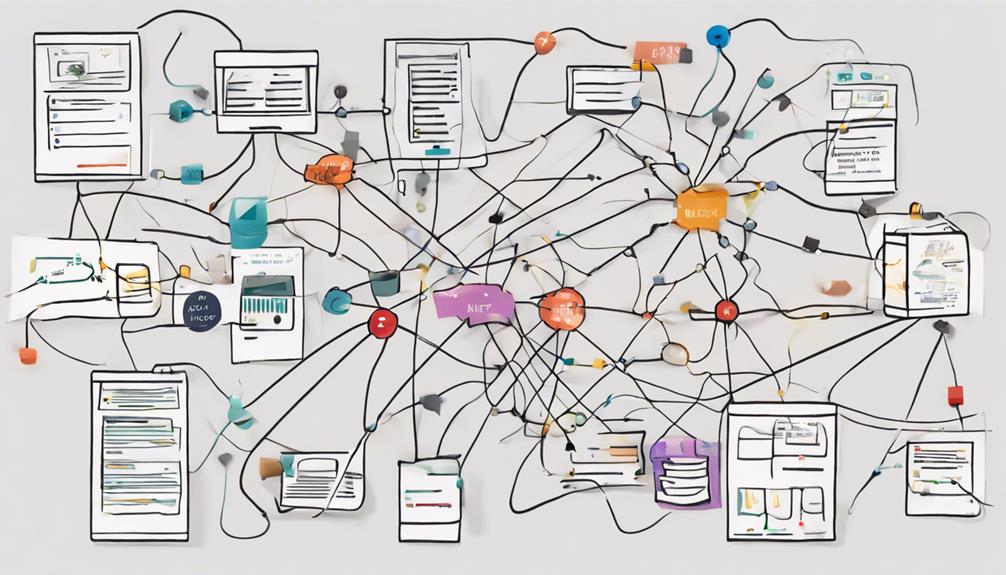When implementing B2B data cleansing services, understanding the intricacies of your database is paramount. By identifying errors and inconsistencies early on, you lay the foundation for a successful data cleansing process. Analyzing data quality and defining precise cleaning rules are crucial steps in ensuring optimal results. But what happens next in this meticulous journey towards data accuracy and reliability? Stay tuned to discover the key aspects that will help streamline your B2B data cleansing efforts.
Understand the Data
To effectively implement B2B data cleansing services, the first crucial step is to thoroughly understand the data you are working with. Data accuracy is paramount in ensuring the reliability and trustworthiness of your database. Begin by assessing the quality of your data to identify any inaccuracies or inconsistencies that may exist. Data accuracy involves verifying that the information is correct and up to date, free from errors or duplications that could impact decision-making processes.
Furthermore, data consistency plays a key role in maintaining uniformity across your database. Consistent data ensures that information is presented in a standardized format, making it easier to analyze and interpret. By understanding the level of consistency within your data, you can address any discrepancies or variations that may hinder the effectiveness of your data-driven strategies.
Identify the Errors
Once you have a solid understanding of your B2B data, the next step in implementing data cleansing services is to meticulously identify the errors present within your database. Error detection is a crucial aspect of this process. Start by conducting thorough data validation to pinpoint inconsistencies, inaccuracies, and duplicates. Look out for missing information, incorrect formatting, outdated records, and any anomalies that may compromise the overall quality of your data.
Develop a systematic approach to identify errors by utilizing data cleansing tools and software that can automate the process to a certain extent. These tools can help in flagging discrepancies, standardizing data formats, and highlighting entries that do not meet validation criteria. Additionally, consider implementing manual checks by having a team review the data to catch any errors that automated tools might have missed.
Analyze the Data Quality
Before delving into the data quality analysis process, it is imperative to establish clear criteria and metrics to assess the integrity and reliability of your B2B data. Data profiling is a crucial step in understanding the structure and content of your data. By conducting thorough data profiling, you can identify anomalies, inconsistencies, and inaccuracies that may be present in your dataset. Additionally, data validation plays a significant role in ensuring that the information in your database meets the required standards and guidelines.
Data enrichment involves enhancing your existing data with additional information from external sources. This process can help fill in missing gaps, correct errors, and improve the overall quality of your data. On the other hand, data standardization focuses on ensuring that all data within your database follows a consistent format and structure. By standardizing your data, you can reduce duplication, improve data quality, and facilitate easier data analysis. Remember, analyzing data quality is a foundational step in the data cleansing process, setting the stage for efficient and effective data cleansing procedures.
Define the Cleaning Rules
Having analyzed the data quality and gained insights into the integrity and reliability of your B2B data through profiling, validation, enrichment, and standardization, the next step is to define the cleaning rules. This crucial stage involves establishing specific guidelines to address inconsistencies and errors within your dataset. To effectively define the cleaning rules, consider the following:
- Rule Validation: Ensure that each cleaning rule is well-defined, logical, and addresses a specific data quality issue. Validate the rules by testing them on sample data to assess their effectiveness.
- Data Profiling: Conduct a detailed analysis of your B2B data to identify patterns, anomalies, and areas requiring cleansing. Use this profiling information to tailor the cleaning rules to suit the unique characteristics of your dataset.
- Consistency Checks: Implement rules that focus on maintaining consistency in data formats, values, and structures to enhance the overall quality and usability of your B2B data.
Implement the Cleansing Process
When embarking on the implementation of the cleansing process for your B2B data, the focus should be on executing a systematic and thorough approach to ensure the accuracy and reliability of your dataset. Begin by conducting data profiling to understand the structure, quality, and content of your data. This step helps in identifying inconsistencies and anomalies that need to be addressed during the cleansing process. Following data profiling, proceed with data validation to verify the correctness and integrity of the information.
Utilize a combination of automated tools and manual review to cleanse your data effectively. Automated tools can streamline the process by quickly detecting and fixing common errors, while manual review allows for a more nuanced examination of the data. It is essential to strike a balance between automation and manual intervention to achieve comprehensive cleansing results.
Regularly monitor and update your cleansing process to adapt to changing data patterns and requirements. By implementing a meticulous cleansing process involving data profiling, validation, automated tools, and manual review, you can ensure the accuracy and reliability of your B2B data.
Frequently Asked Questions
How Can Data Cleansing Impact My Company’s Bottom Line?
When data is accurate, your company can save up to 80% in operational costs. Improved efficiency from clean data boosts customer trust, leading to increased revenue. Data cleansing directly impacts your bottom line by enhancing profitability.
What Are the Potential Risks of Not Implementing Data Cleansing Services?
Without data cleansing services, you risk compromising data security, leading to breaches and loss of customer trust. Inaccurate information can erode customer retention, impacting your company’s reputation and bottom line. Prioritize data quality to mitigate these risks.
Is It Possible to Automate the Data Cleansing Process Entirely?
You can automate the data cleansing process entirely, saving time and effort compared to manual methods. This approach enhances efficiency, reduces errors, and ultimately leads to cost savings in the long run.
How Often Should Data Cleansing Be Performed for Optimal Results?
For optimal data quality and accuracy, you should perform data cleansing regularly. The frequency depends on the volume of data influx and the rate of updates. Monthly or quarterly reviews typically maintain high standards.
What Are the Key Metrics to Measure the Success of Data Cleansing Efforts?
To measure the success of data cleansing efforts, focus on key metrics like data quality, accuracy rates, duplicate records removed, and time saved. Monitor performance metrics to ensure ongoing improvement and efficient data management.



